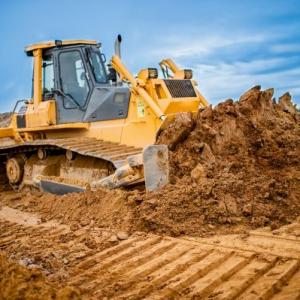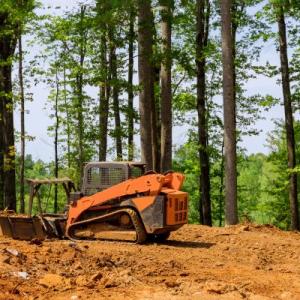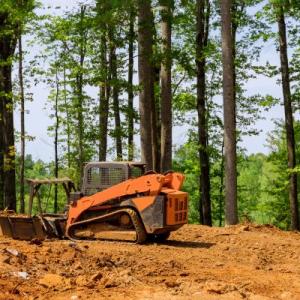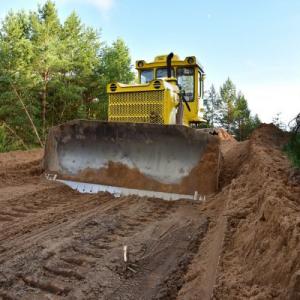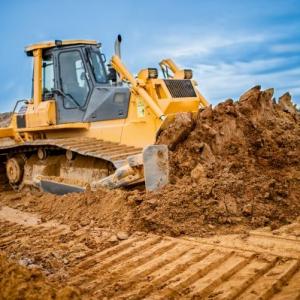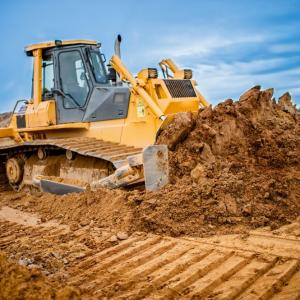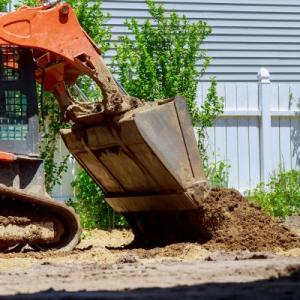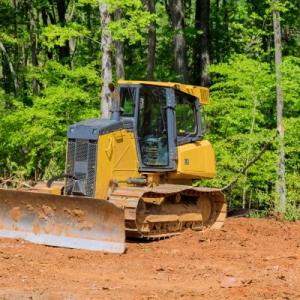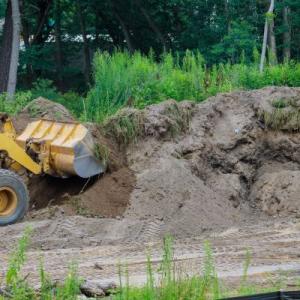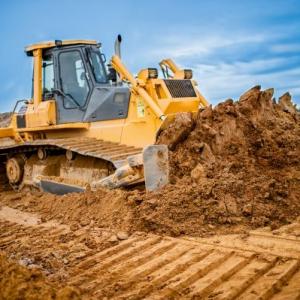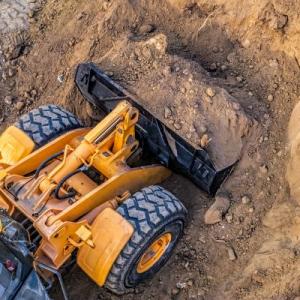Soil Regrading: Rockford
Soil Regrading in Rockford
Get help with Soil Regrading in Rockford. Fill out the form above and we will connect you with local Rockford pros. Soil regrading offers numerous advantages for property owners seeking to enhance their outdoor spaces. This process involves reshaping and leveling the soil, resulting in improved drainage, erosion prevention, and enhanced aesthetics. By addressing uneven surfaces and redirecting water flow, soil regrading helps to minimize the risk of flooding and water damage. Additionally, it provides a solid foundation for landscaping projects, allowing for the proper growth and health of plants and trees. With soil regrading, property owners can create a more functional and visually appealing outdoor environment, promoting a harmonious balance between the natural elements and the built environment.Land Leveling
Land leveling, also known as land grading or site leveling, is a crucial process in construction and land development. It involves reshaping the surface of the land to create a level and even foundation. The benefits of land leveling are numerous. Firstly, it ensures proper drainage by eliminating low spots and creating a slope that directs water away from structures, preventing potential water damage. Additionally, land leveling provides a stable base for construction projects, ensuring that buildings, roads, and other structures are built on solid ground. It also allows for efficient land use, maximizing the usable space for various purposes such as agriculture, landscaping, or recreational activities. Moreover, land leveling helps improve accessibility and safety by reducing the risk of uneven surfaces and tripping hazards. Overall, land leveling is a fundamental process that plays a crucial role in achieving a well-planned and functional land layout.Site Grading
Site grading is a crucial step in the construction process that involves leveling and shaping the land to ensure proper drainage and stability for building foundations. By carefully manipulating the terrain, site grading helps prevent water accumulation, erosion, and potential damage to structures. It also allows for the efficient installation of utilities, such as water and sewer lines, by creating a smooth and even surface. Additionally, site grading plays a vital role in enhancing the overall aesthetic appeal of the property, as it facilitates landscaping and hardscaping efforts. With proper site grading, property owners can create a safe, functional, and visually appealing environment for their construction projects.Earthmoving
Earthmoving is a crucial process in construction and excavation projects that involves the movement of large quantities of soil, rocks, and other materials to reshape the land. This method offers several benefits, including efficient site preparation, land grading, and leveling. Earthmoving enables the creation of solid foundations for buildings and infrastructure, ensuring stability and longevity. It also facilitates the excavation of trenches for utilities, such as water and sewage systems, as well as the construction of roads and highways. Additionally, earthmoving allows for the removal of unwanted materials, such as debris and vegetation, promoting a clean and safe environment.Terrain Reshaping
Terrain reshaping is a process that involves altering the natural contours of land to create a more functional and aesthetically pleasing environment. By utilizing specialized equipment and techniques, terrain reshaping can level uneven surfaces, remove unwanted slopes, and create gentle slopes or terraces. This can have several benefits, such as improving drainage and preventing erosion, enhancing the visual appeal of the landscape, and optimizing the use of space for various purposes such as gardening, construction, or recreational activities. Additionally, terrain reshaping can also provide better access to different areas of the property, making it easier for vehicles and pedestrians to navigate. Overall, terrain reshaping offers a practical solution for transforming uneven or challenging terrain into a more practical and visually appealing landscape.Slope Modification
Slope modification is a professional service that involves making alterations to the natural gradient of a land or terrain. This process is typically performed to enhance safety, stability, and functionality. By modifying slopes, potential risks such as erosion, landslides, or structural instability can be mitigated. Additionally, slope modification allows for more efficient land use, enabling the implementation of various projects such as construction, landscaping, or infrastructure development. With the expertise of experienced professionals, slope modification can significantly improve the overall quality and usability of a given area, ensuring long-term benefits for both individuals and communities alike.Ground Contouring
Ground contouring is a highly effective technique used to reshape and level uneven terrain. It involves the process of altering the natural slope and shape of the land to create a more aesthetically pleasing and functional landscape. By carefully manipulating the ground's surface, ground contouring can help to prevent soil erosion, improve water drainage, and enhance the overall stability of the land. Additionally, this method can be utilized to create different elevations and slopes, allowing for the installation of various outdoor features such as gardens, pathways, and seating areas. Ground contouring is an efficient and sustainable solution for transforming uneven landscapes into visually appealing and practical spaces.Soil Regrading FAQ
Q: What Is Soil Regrading And Why Is It Important For Landscaping Or Construction Projects?
Answer: Soil regrading is the process of leveling or reshaping the soil surface to achieve a desired slope or contour. It is important for landscaping or construction projects because it helps improve drainage, prevent erosion, and create a stable foundation for structures or plantings.Q: How Does Soil Regrading Help With Water Drainage And Erosion Control?
Answer: Soil regrading helps with water drainage and erosion control by reshaping the land to create proper slopes and contours. This allows water to flow away from structures and prevents pooling, which can lead to water damage and erosion.Q: What Are The Potential Risks Or Challenges Associated With Soil Regrading And How Can They Be Mitigated?
Answer: The potential risks or challenges associated with soil regrading include erosion, soil compaction, alteration of drainage patterns, and disruption of existing vegetation. These risks can be mitigated by implementing erosion control measures, such as installing silt fences and erosion blankets, using proper grading techniques to minimize compaction, designing and implementing appropriate drainage systems, and implementing a plan for vegetation restoration and maintenance.Q: Are There Any Specific Techniques Or Methods For Soil Regrading That Are Recommended For Different Types Of Soil Or Terrain?
Answer: Yes, there are specific techniques and methods for soil regrading that are recommended for different types of soil or terrain.Soil regrading is a process used to reshape and re-level the surface of the soil. It involves the removal of excess soil from higher areas and the redistribution of that soil to lower areas, creating a more even and balanced landscape. This technique is commonly employed in construction and landscaping projects to improve drainage, prevent erosion, and create a stable foundation for structures or plantings. By regrading the soil, it becomes more suitable for various purposes such as gardening, farming, or construction. This process can also help to correct issues caused by uneven terrain or improper grading, ensuring better water flow and preventing potential damage to buildings or infrastructure.

